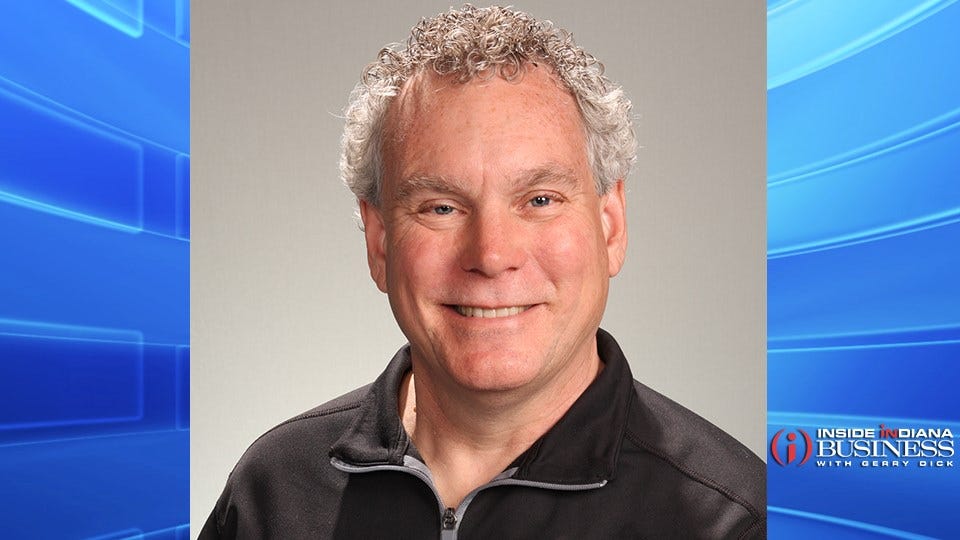Getting the Work You Want from Creative Partners

Subscriber Benefit
As a subscriber you can listen to articles at work, in the car, or while you work out. Subscribe NowWorking with an outside writer, graphic designer, web wizard, or other creative partners entails a certain amount of risk. You hope they’ll be effective at capturing the messages you want while reflecting and strengthening your company’s reputation and culture. How you approach your needs plays the most critical role in whether they succeed.
So once you’ve found a creative partner who you want to work with, what can you do to reduce the risk and ensure they’ll bring you the solution you hope to see? These ten simple steps are a great start.
Know what you’re after. “I’ll know what I want when I see it” isn’t direction … it’s a challenge to see if the partner is capable of reading minds. And while I’ve teamed up with dozens of talented creative partners over the years, none of them has proven to be a psychic. If you can’t share a strong sense of what you hope to see, even the most talented partner won’t be able to deliver it.
Be specific and detailed. Don’t assume the partner has a complete grasp of your expectations. Share those in a document. One of the most effective tools for doing this is what’s known as a “creative brief,” a document that spells out your objectives, the details, the audience, any offers, the desired call to action, as well as mandatory items such as logos and regulatory requirements. Creating a formal brief can help you think through all aspects of the project. Just as important, it gives you a framework against which you can evaluate the partner’s work.
Direct, don’t dictate. Tell the partner what needs to be done but avoid telling them exactly how they should do it. You’re probably working with them because of their expertise in finding the most effective way to convey a message or image. Allowing them to do what they do best and tapping into their knowledge and experience may produce results that far exceed your expectations.
Fulfill your own promises. If you expect the partner to deliver the project to you by the specified deadline, make sure you hold up your end of the bargain. When a project requires two weeks of work, and you’re a week late in providing the information, you can’t expect the partner to hit the original due date.
Monitor the scope. If the creative partner based their cost estimate on a 4-page project, but now it’s grown into a 12-page project, it’s only fair to allow the partner to provide a revised cost estimate. It’s also helpful if you remind others internally of the scope. “Yes, it would be nice to add three micro-sites, but our budget only covers the basic site.”
Be their guide. Every company is different, and no two review and approval processes are identical. Make sure your partners understand who will have the authority to review and suggest changes to the work. If you know one of the reviewers has specific pet peeves (such as hating the color blue), make sure you share that beforehand.
Plan for revisions. It would be nice if every first draft or layout was perfect, but that’s rarely the case. So expect that there will be revisions and include time for them to happen.
Give clear guidance. When you bring changes and corrections back, be specific and constructive. Saying things like “I can’t put my finger on it but I don’t like it” forces the partner to guess. At the same time, don’t make the changes for them, because they may be able to come up with a better way to accomplish what you’re after. If two reviewers provide conflicting feedback, sort out a solution before bringing it to the partner, rather than putting them in the impossible position of having to decide which reviewer’s opinion matters more.
Consider their opinion. Sometimes, a suggested revision isn’t in your best interests. Writing about a company’s “green” initiative, I mentioned it would reduce the company’s environmental impact. One of the reviewers thought I was mistaken and wanted to say it would “maximize” the environmental impact — after all, it was a big deal. I explained that maximizing impact means hurting the environment more and saved the piece from potentially embarrassing the company.
Evaluate the project. Creative partners bring a lot to projects, from style and cleverness to craftsmanship, but the most important thing a professional creative partner should deliver is effectiveness. After the project is complete and being used by your company, let them know how well (or how poorly) their work is meeting the company’s objectives. They’ll be proud of successes and eager to tweak efforts that aren’t meeting the need.
Scott Flood creates effective copy for companies and other organizations.

